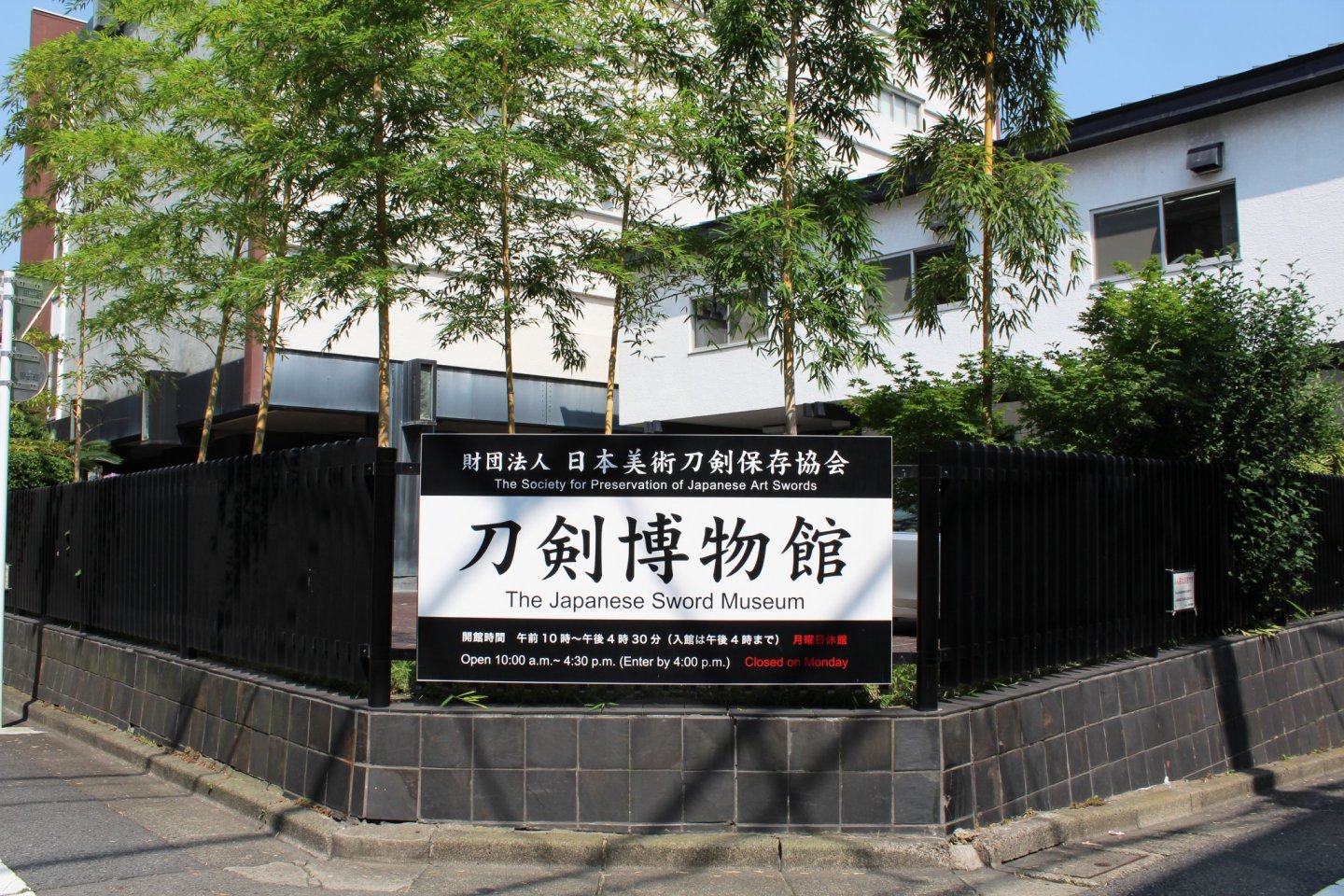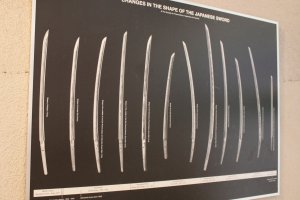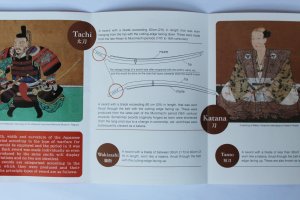I love Japan for many reasons and always wanted to come to this country, hence why I am finally here. One of the many reasons is that Japanese traditional architecture really captivates me; I was lucky to have recently witnessed the exquisite Nagoya Castle not long ago in Nagoya. Inside I saw a few swords, which gave me such a taste for more, and being a massive fan of Japanese swords I was ecstatic to find out that Tokyo was home to a Japanese Sword Museum.
Traditional Japanese architecture is so unique compared to other countries, and I believe that the swords are too. There is nothing like a samurai sword, with its beautifully crafted blades and the intricate designs and various patterns on the mounts and handles. Japanese swords were made not just to be weapons, but as a reflection of aesthetic taste and spiritual importance. So much goes into making them, from the steel production, mounting production, to the polishing of the blade. The polishing is done to glorify the magnificence of the blade; such magnificence is on display in this museum.
Inside are a variety of swords - dignified shapes which change to represent the period of time in which they were made. A poster inside wonderfully depicts such changes with a chronological history of the Japanese sword. On the poster are 12 different shapes and lengths, ranging from the early Joko-to period (when swords were straight) to modern day swords. It appears that swords were at their most curved during the Muromachi period from 1390-1570. I personally prefer those with only a slight curvature of the blade, with the Momoyama period producing my aesthetic favorites. However, swords in the Edo period I believe are equally special.
It was fantastic to walk around the museum and see so many superbly crafted blades on display. Shiny swords, ranging in different lengths and curvature, sit behind glass as elegant art objects and important cultural assets. The only problem is that you are not able to take pictures inside, which I really wanted to do. The woman on reception spoke fantastic English, so I tried to explain that I was writing an article on the museum so it would be good if I could have some pictures; unfortunately she was having absolutely none of it.
She did, however, give me two small booklets and a manual for appreciating the Japanese sword. Inside the swords are referred to as treasures, and it is claimed that the swords have no parallel in any other forms of art made from iron; I can’t disagree with that. One of the booklets is ‘The Construction of the Japanese Sword’ and the other is ‘Japanese Sword Vocabulary’. As there is no English inside the museum, the manual and booklets provide a fantastic insight into the history of the swords and their artistic importance. You walk away from the museum having seen divine swords and having learnt a great deal about them and their makers.
Another thing that slightly disappointed me, along with not being able to take pictures inside, was that the exhibition room was mainly just blades, and not many swords with handles and mounts. There were a few and they were superb, but it would have been very welcome to me if there was more of a balance, compared to the room being mostly dominated with blades. It could have also been taken up an extra notch if I was able to hold one too, but I think that would be asking for too much!
If anyone knows of a place where I can see more swords and perhaps hold one I would sincerely appreciate a message as to where!
The entry into this museum was ¥600, but if you are a fan of Japanese swords then that fee should not be a problem whatsoever. You will learn a great deal about the history and the art of the sword. It is open from 10am - 4:30pm, with last entries being at 4:00pm, and closed only on Mondays. You can find more details on the website of the Japanese Sword Museum.
The location is easy to find, and is conveniently placed around a 5 minute walk from Sangubashi Station on the Odakyu-Line. The area leading up to it is a also very pleasant one, with tight charming roads lined with trendy cafes, bakeries, bars and restaurants, which provide plenty of options for both before and after a visit to the museum.
































